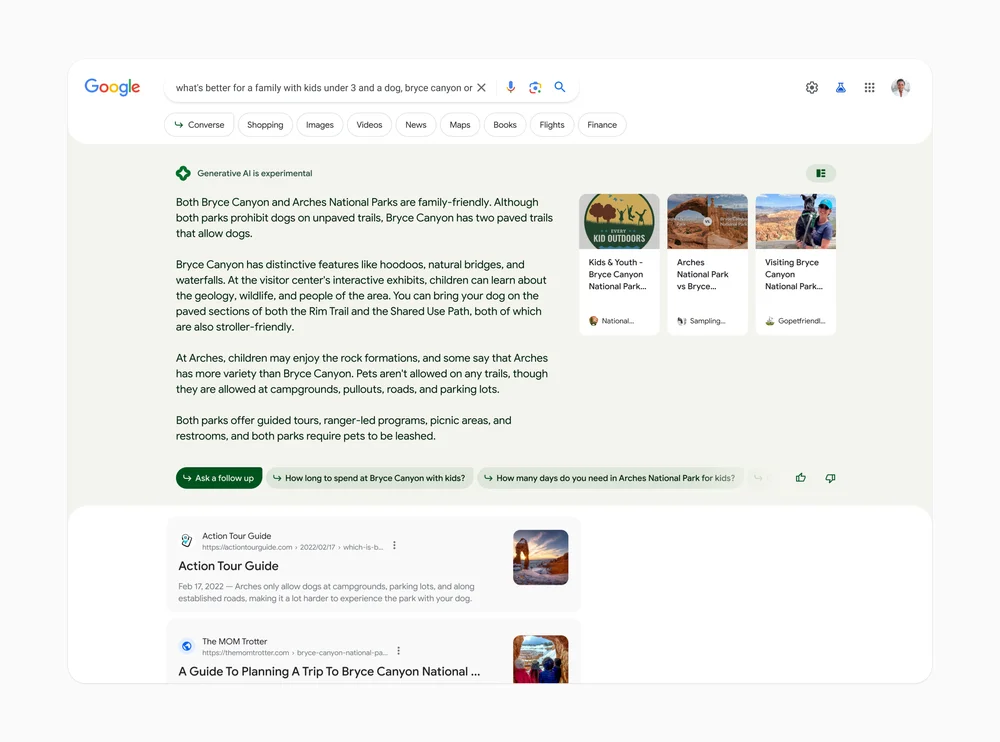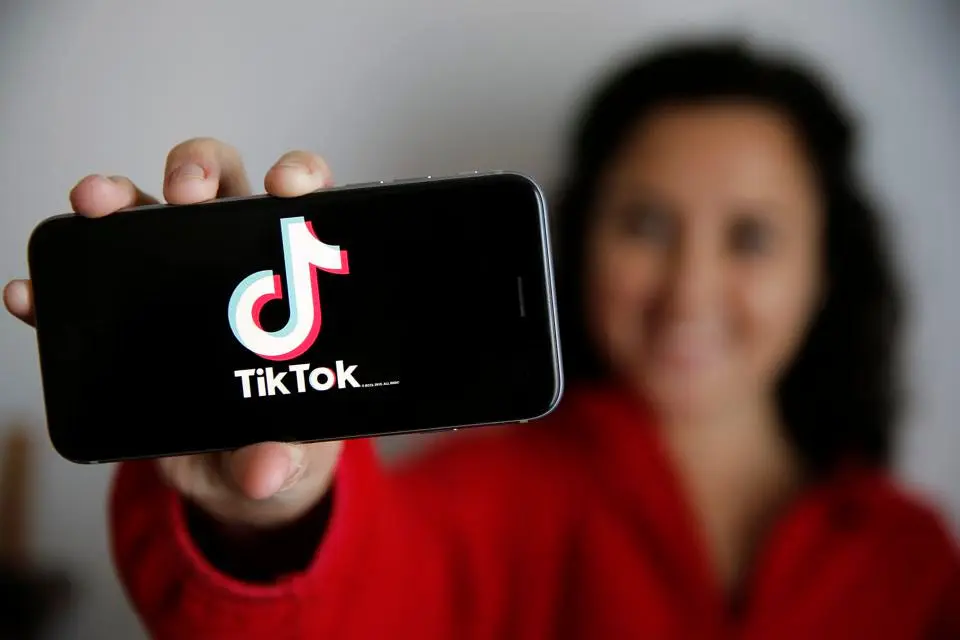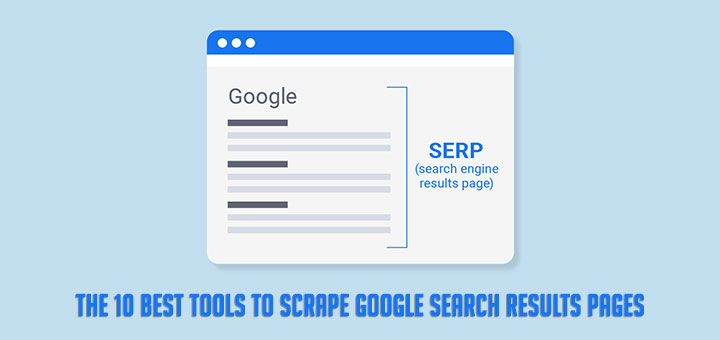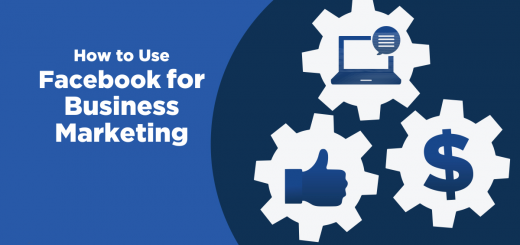10 Effective Resolutions to Elevate Your Marketing Strategies in 2024
The year 2024 is approaching, and with it comes new opportunities and challenges for online marketing. From the rise of artificial intelligence to the demise of third-party cookies, from the evolution of video content to the shift to social media, the digital landscape is changing rapidly and constantly.
How can you adapt to these changes and stay ahead of the competition? How can you create a strong online presence and connect with your audience in a meaningful way?
To help you answer these questions, we have compiled a list of 10 marketing resolutions for 2024. These are the best practices and trends that you should integrate into your SEO, content marketing, social media, and marketing automation methods to achieve your goals and grow your business.
- 1. Embrace a Comprehensive AI Approach in Marketing
- 2. Adapt to Targeting Strategies without Third-party Cookies
- 3. Foster Sustainable and Ethical Influencer Collaborations
- 4. Ensure Ongoing Compliance with GDPR
- 5. Embrace Google’s Search Generative Experience in SEO
- 6. Implement Consent Mode for Google Ads Campaigns
- 7. Prepare for Future Gmail Updates
- 8. Prioritize Creating Authentic Connections on TikTok
- 9. Harness the Power of Video Content
- 10. Prioritize the Creation of Content for Social Networks
1. Embrace a Comprehensive AI Approach in Marketing
Artificial intelligence (AI) is no longer a futuristic concept, but a reality that is transforming every aspect of our lives and businesses. According to Bloomberg, the market for generative AI, which can create content such as texts, images, and videos, could reach $1.3 trillion by 2032.
In 2024, you should make the right decision to integrate AI into your marketing strategy, not only to automate tasks and save time, but also to enhance your performance and customer experience.
AI can help you:
- Analyze essential data for strategic decision-making (at all levels: HR, marketing, logistics, financial, etc.)
- Generate impactful content (texts, sales pages, photos, graphics, etc.)
- Offer personalized recommendations and experiences to your customers
- Know market trends and anticipate user behavior
By integrating AI into these areas, you can not only increase efficiency and reduce costs, but also improve customer satisfaction and loyalty, and maintain a competitive edge.
2. Adapt to Targeting Strategies without Third-party Cookies
Third-party cookies, which track user behavior across different websites, are on their way out. Major browsers such as Chrome, Safari, and Firefox are phasing them out, and new privacy regulations such as GDPR and CCPA are limiting their use.
This means that you need to adapt your marketing targeting strategies to reach your audience without relying on third-party cookies. As a first resolution, focus on collecting first-party data (directly from users) through your website, apps, and customer interactions.
To do this, encourage users to register or subscribe for additional information and prompt them to log in to create unique authentication-based identifiers.
Furthermore, strengthen contextual targeting strategies that analyze the content consumed and the intentions of the user rather than their personal browsing history.
3. Foster Sustainable and Ethical Influencer Collaborations

Influencer marketing is not a new phenomenon, but it is evolving towards a more sustainable and ethical approach. Instead of low-quality sponsored content and superficial collaborations, businesses should strive for authentic relationships, emphasizing the quality rather than quantity of interactions.
In 2024, you should look for influencers whose values resonate with those of your brand, and who can amplify your communication on topics that matter to your audience.
For example, influencers committed to ecology can help you promote your CSR actions, while athletes can become ideal ambassadors for your sports, nutrition, or food supplement products, bringing credibility and relevance to these partnerships.
4. Ensure Ongoing Compliance with GDPR
The General Data Protection Regulation (GDPR) is the most important privacy law in Europe, and it affects any business that collects or processes the personal data of EU citizens. The GDPR aims to protect the rights and freedoms of individuals and to ensure transparency and accountability for businesses.
In 2024, you should continue your efforts to comply with the GDPR, as the controls and sanctions are likely to increase, and new directives in the field of AI are expected to emerge.
To ensure your compliance, you should:
- Inform your users about how you collect, use, and protect their data, and obtain their consent
- Respect their rights to access, rectify, erase, or transfer their data, and to object or withdraw their consent
- Implement appropriate technical and organizational measures to secure your data and prevent breaches
- Report any data breach to the authorities and the affected individuals within 72 hours
- Appoint a data protection officer (DPO) if required
- Conduct a data protection impact assessment (DPIA) if your processing activities pose a high risk to the rights and freedoms of individuals
5. Embrace Google’s Search Generative Experience in SEO
Google Search Generative Experience (SGE) is a new technology powered by artificial intelligence, which responds directly and interactively to user queries, enriching the results with relevant visuals and a dialog box. Currently being tested in the United States, this technology is likely to become widespread by 2024, radically changing our interaction with the web.

To stay competitive, you should direct your content towards complete and relevant answers, linked to user requests. Remember to maintain a solid SEO strategy, focused on quality, relevance, and originality, as this new experience favors sites with strong thematic authority.
6. Implement Consent Mode for Google Ads Campaigns
Consent Mode is an innovative feature of Google Ads, which helps advertisers comply with privacy standards (GDPR in Europe and CCPA in the United States).
This option adjusts the use of cookies and data storage based on user consent. It integrates systems to collect user preferences and adapts Google’s tag settings accordingly.
Therefore, if a user refuses certain types of cookies, Google can still measure advertising performance anonymously and in aggregate.
In other words, Consent Mode balances privacy and marketing effectiveness, allowing you to keep your previous resolutions regarding GDPR compliance and targeting optimization following the abandonment of third-party cookies.
7. Prepare for Future Gmail Updates
Starting in February 2024, Gmail is strengthening its anti-spam measures, particularly targeting senders of more than 5,000 messages per day. These new standards include stronger email authentication, easier unsubscribing, and a stricter spam rate threshold.
For businesses, this means making good resolutions to maintain email deliverability:
- Clean your email databases to keep only active subscribers
- Use the double opt-in technique
- Set up or verify the SPF and DKIM protocols
- Consider using DMARC to authenticate your emails and protect your reputation
- Make unsubscribing easier with a visible and easy-to-access process
- Use tools like Google Postmaster Tools to monitor your spam rate and adjust your sending strategy
8. Prioritize Creating Authentic Connections on TikTok

TikTok is the fastest-growing social network in the world, with 14.9 million users in France alone. However, user fatigue with the “TikTok Shop” (promotional videos and excessive advertising) is clearly evident. TikTokers are even starting to create content to criticize this trend, prompting the platform to adjust its algorithm.
Furthermore, the social network is entering an era of more informal and spontaneous content, focused on personal and relaxed stories. Audiences are looking for a deeper connection with their favorite influencers and brands.
According to TikTok’s 2024 Trends Report, storytelling is becoming freer, with end-to-end stories and multiple story arcs. This approach makes the audience more engaged in understanding the content, creating a feeling of FOMO (fear of missing out).
If your 2024 marketing strategy includes communication on TikTok, you should evolve your videos to humanize your brand and generate impatience for your next content.
9. Harness the Power of Video Content
Video is the most popular and engaging type of content on the internet. According to a report from Wyzowl:
- 51% of people are more likely to share videos than any other type of content
- 91% of businesses used video as an online marketing tool in 2023
- 89% of consumers say that a video convinced them to buy a product or service
Search engines have taken note of this trend and offer a prominent place for this format in search results. Not to mention that video is also king on social networks!
One of your good 2024 marketing resolutions should be to create more videos, and integrate them into your SEO strategy and your social media strategy!
10. Prioritize the Creation of Content for Social Networks
The world of marketing is undergoing a significant change, moving from a strategy centered on traditional sites and blogs to an approach focused on social networks.
This evolution reflects current digital consumption habits, both in the B2B and B2C sectors, where social platforms have become the main sources of information, networking, and brand engagement.
This strategy involves tailoring content to each channel’s unique format and audience while ensuring it aligns with and supports the overall brand narrative.
Conclusion
These are the 10 marketing resolutions for 2024 that we recommend you to follow. By implementing these best practices and trends, you can boost your online presence and connect with your audience in a meaningful way.
We hope you found this article helpful and informative. If you have any questions or feedback, please feel free to contact us or leave a comment below. Thank you for reading and happy marketing!








